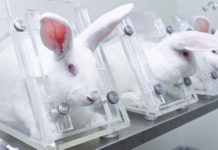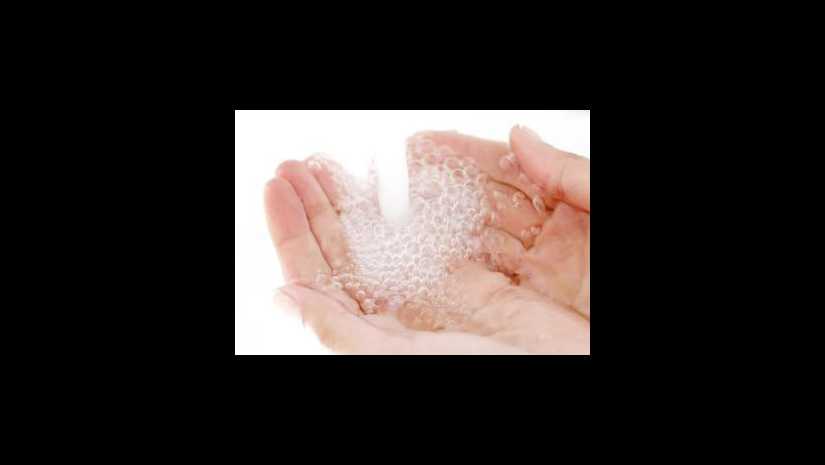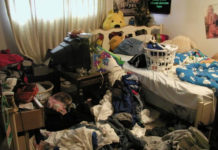Cleanliness and Hygiene are probably the most important things that if not followed then you are frowned upon. Germs and infections are spread quite easily and the person who doesn’t follow hygiene is considered the carrier of those infections.
Things that affected cleanliness were the absence of sewer system mainly. In Urban areas, there were bed pans (yes, no sewer system, remember) which had to be emptied every morning (and no, no washing) by flinging out the excreta from the bed pans out of the windows (Gross).
Lets have a look at few of the cleanliness and hygiene practices from across the centuries
1. Antiseptics: Wine, Alcohol were the most common antiseptics used, followed by urine- during Victorian period

2. Bath: Most people bathed in the same water- communal baths as most of them didn’t have tubs at their homes

3. Bathroom breaks: Bed pans were used for the regular bathroom breaks which were then emptied out of the window on to the street.

4. Brushing: Romans used Mice brains to brush their teeth

5. Clothes: No, they didn’t change clothes everyday. They had 4 pairs of clothes- one for every season. Even royalty.

6. Cosmetics: Women in Victorian era, applied lead powder to their faces to give creamy texture. Instead of washing, they kept re-applying which inturn caused infections

7. Labour Pains: Women were given a mixture of oil, vinegar and eagle dung to ease Labour pains
8. Laundry: Whenever the clothes were to be laundered, they were cleaned using a mixture of urine and Iye.

9. Sickness: Leeches were used to suck the “Bad blood” out of a sick person to restore his good health

10. Streets: Upto 18th century, most of the streets were filled with rotten food, decaying animal corpses, excreta, and other wastes.

11. Wigs: These wigs were often infested with lice, smelled pretty badly, more so because they didn’t regularly washed their hairs. These were shaped using animal fat, so they caught fire easily

By: Archa Dave



























